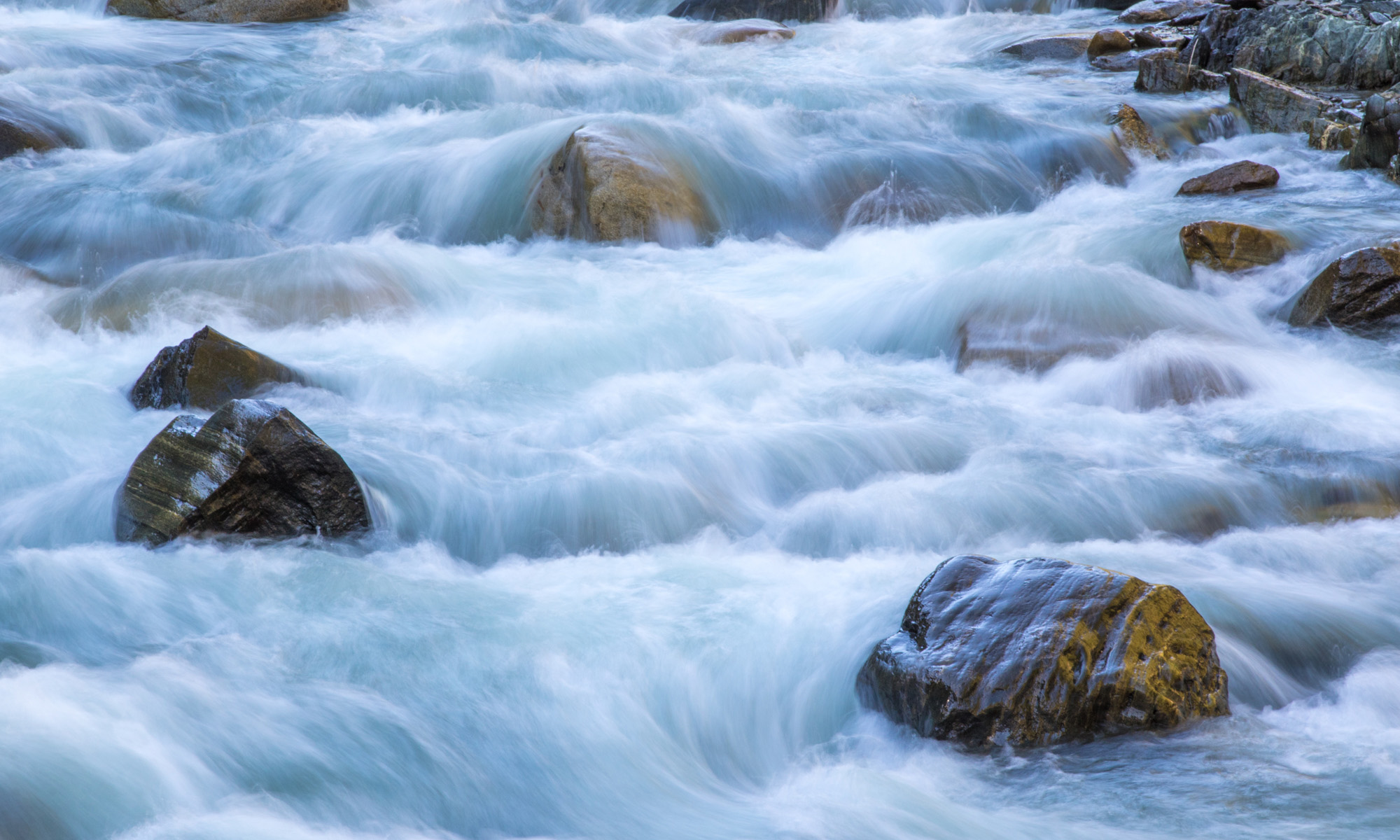Today’s Question: Recently I had heard that Denoise AI in Camera Raw and Lightroom is now capable of outputting a native RAW file instead of the usual DNG. When I tried Denoise AI in the Camera Raw Filter with a native RAW file the result was an ACR file at just 7.3 MB alongside the original untouched RAW file at 30.3 mb. What’s the real story?
Tim’s Quick Answer: Denoise no longer requires converting a raw capture to a DNG, but it doesn’t save the edits in a raw capture format. Rather, the Denoise information is effectively metadata, which gets applied to the image when it is rendered, such as by saving the processed raw image in a file format such as TIFF or JPEG.
More Detail: When the Denoise and Super Resolution features were added to Camera Raw and Lightroom, the processing required that an Adobe DNG file be created based on the original raw capture. That DNG file would include all the processing applied via Camera Raw or Lightroom.
With a recent update, a DNG file is no longer created. However, that doesn’t mean that the Denoise processing is being saved as part of the original raw capture. Camera Raw and Lightroom do not modify the original file (raw or otherwise) when you apply adjustments. That is still true with the updates for Denoise and Super Resolution.
In the case of Camera Raw the additional metadata is stored in an ACR file rather than the XMP file that is used to store other metadata updates. In Lightroom Classic that additional information is saved within the catalog files. The original raw capture is not altered. To create an image that has the pixel values updated to reflect the adjustments, you would save a derivative image in the usual way. In Camera Raw that means saving the resulting image using Photoshop, while with Lightroom Classic this would involve exporting a copy of the image.

